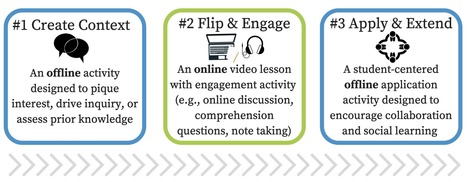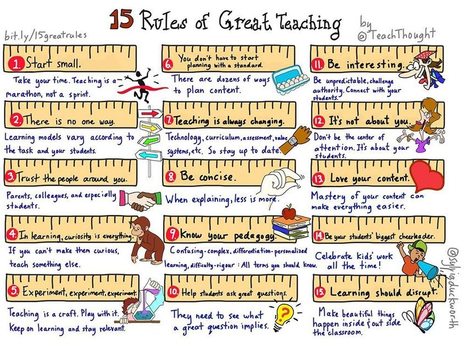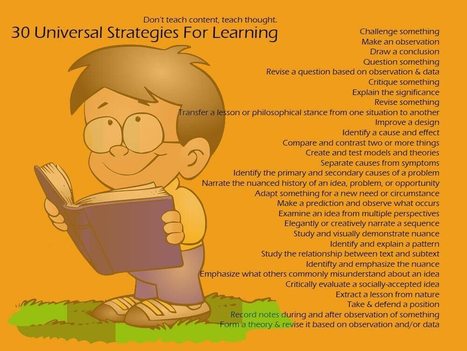The flipped classroom model shifts the transfer of information online and moves practice and application into the classroom. Classically, the transfer of information has occurred in class via lecture and practice has been assigned for homework. The value of this inversion is that students can pace their progress through a video (pausing, rewinding, rewatching). They also have the benefit of a supportive peer group and the subject-area expert as they attempt to apply new information.
Via Elizabeth E Charles



 Your new post is loading...
Your new post is loading...











